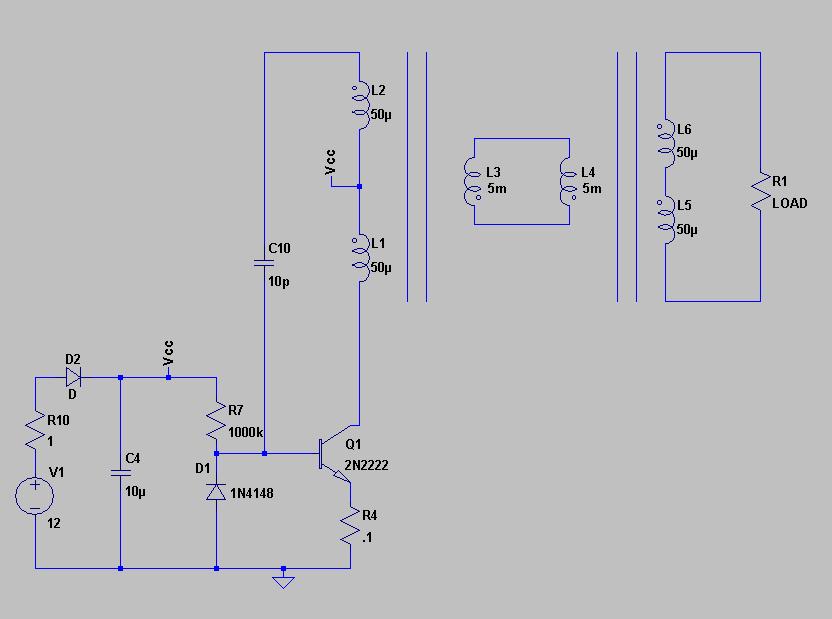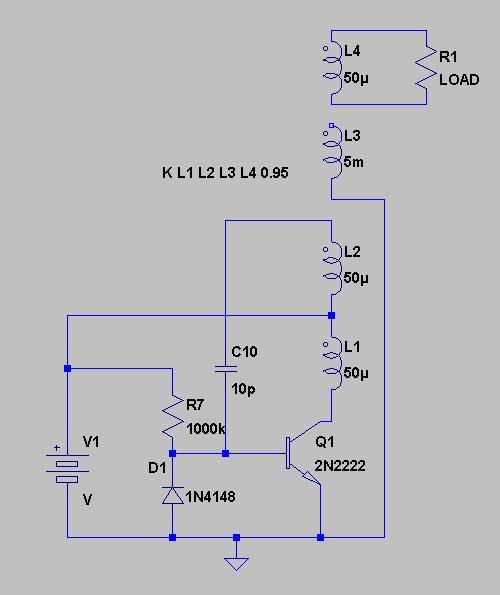Originally posted by xee2
View Post
DC to DC Boost circuit?


 . I just hand wound the coil and in less than an hour it was up and running. You are right about there not being hardly any energy field around it though. That is not really a bad thing if all you are trying to do is one wire energy transmission. The light /watt (bang for the buck) is great.
. I just hand wound the coil and in less than an hour it was up and running. You are right about there not being hardly any energy field around it though. That is not really a bad thing if all you are trying to do is one wire energy transmission. The light /watt (bang for the buck) is great. 









 )
)
 )
) .
.





Comment